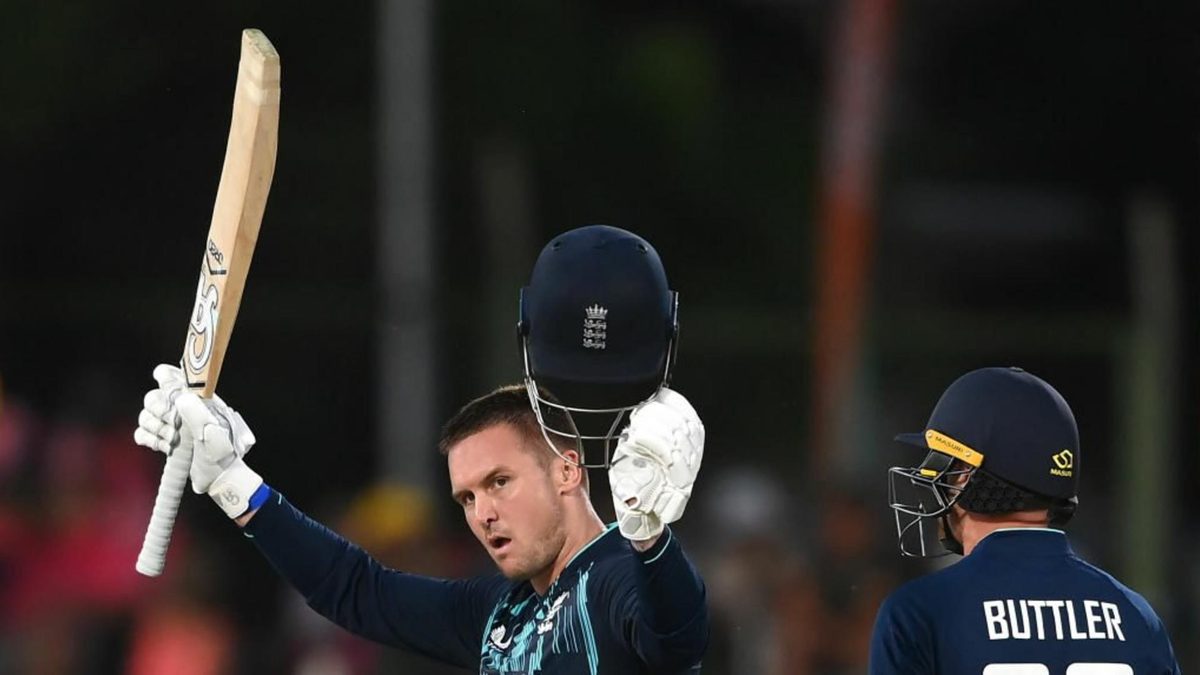
50-over cricket and T20 cricket are different formats, and they’re veering further and further away from each other. Increasingly, there are players who excel at one and not the other.
As T20 cricket accelerates in its specialisation the two major white-ball formats are more different than ever. If anything, with England at least, there’s a growing case to be made that ODI cricket is actually becoming closer to Test cricket. England’s two latest additions to the ODI squad for their tour of South Africa were their two leading run-scorers in their recent 3-0 Test series win in Pakistan. Long gone are the days when there was a barely noticeable difference between T20I and ODI squads for tours.
There are plenty of players who excel in one of the white-ball formats and not the other. The likes of Kieron Pollard, Wanindu Hasaranga and Suryakumar Yadav are right at the top of the T20 game but have struggled to carry over that form from T20 cricket to the ODI arena.
In the opposite camp, the most obvious examples are the classical batters, members of the Fab Four and their pretenders. Joe Root and Kane Williamson are undisputed modern-day ODI greats yet struggle to find a place in the upper echelons of modern day T20 cricket. Stylistically, with his hard hands and determination to dominate the powerplay, Jason Roy is a very different beast to Root and Williamson but his relative suitability to ODI cricket is comparable.
Even pre-dating his well-documented slump in form in 2022, Roy has always been a vastly superior ODI player. In T20 cricket, he has always been in that pack of excellent English openers capable of earning lucrative contracts around the globe without ever really standing above it, like his England white-ball teammates Jonny Bairstow and Jos Buttler.
It is a completely different story in the ODI game. His record is genuinely world class, and commands even greater patience when a fallow period falls than was afforded to him by the T20I set up in the build-up to the 2022 T20 World Cup. Roy is one half of, statistically, the most imposing opening partnership in the format’s history. After Roy’s century in Bloemfontein once more took his average above 40, he and Bairstow are once more together as the only two openers in the format’s history to have scored more than 2,000 runs at an average over 40 and a strike rate above 100.
Roy’s absence in the 2019 World Cup was acutely felt. England lost two of their three games when he was out injured. Roy returned in time for three games that England needed to win in order to qualify for the final and proceeded to blast 66 (57), 60 (61) and 85 (65). At the 2019 World Cup, Roy averaged 63.28 at a strike rate of 115.36; he was one of the players of the tournament. No top-order batter managed to score as consistently at the same rate as Roy managed across the tournament.
It is true that Roy’s ODI numbers have tailed off since the 2019 World Cup but ODI cricket has suffered from a lack of structure and flow in an ever condensed schedule. Roy is not the only 2019 World Cup winner to have struggled in the format since that famous day at Lord’s. Both Buttler and Root, like Roy, average between 30 and 35 in the current World Cup cycle.
This isn’t to say that Roy will be as dominant at the 2023 tournament as he was in 2019, assuming he even makes the plane. But his Bloemfontein hundred acts as a timely reminder that T20 form shouldn’t play too dominant a role in judging the form of ODI players with such pedigree in the format. Even at his best, the difference between Roy and the next cab off the rank in T20I cricket was a much of a muchness; in ODI cricket, when he’s at the top of his game, that gap is vast. England were absolutely right to be so patient with him.








